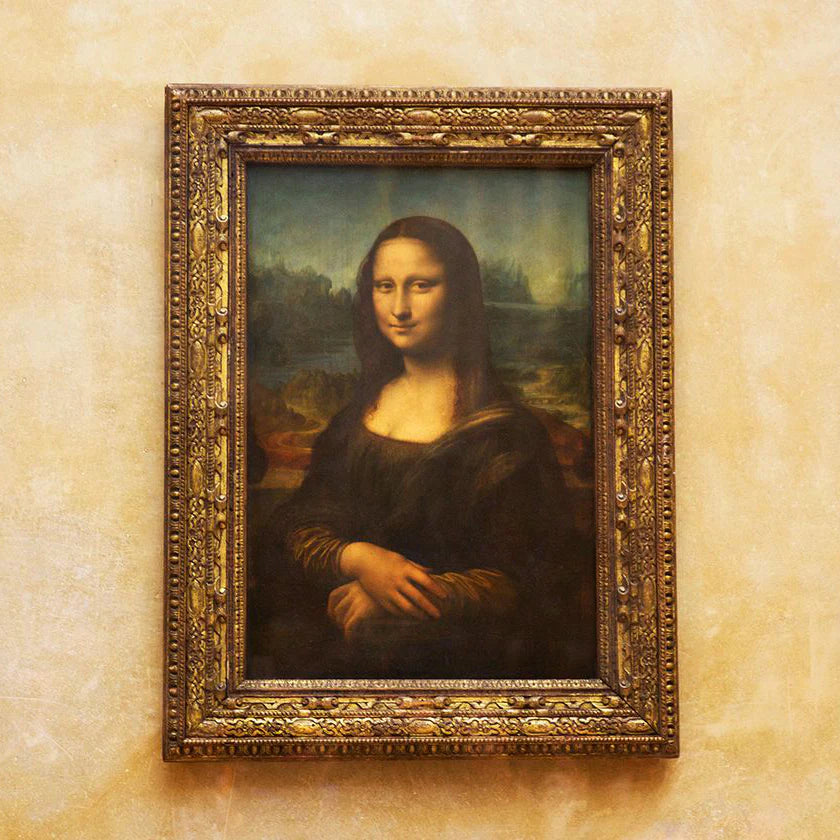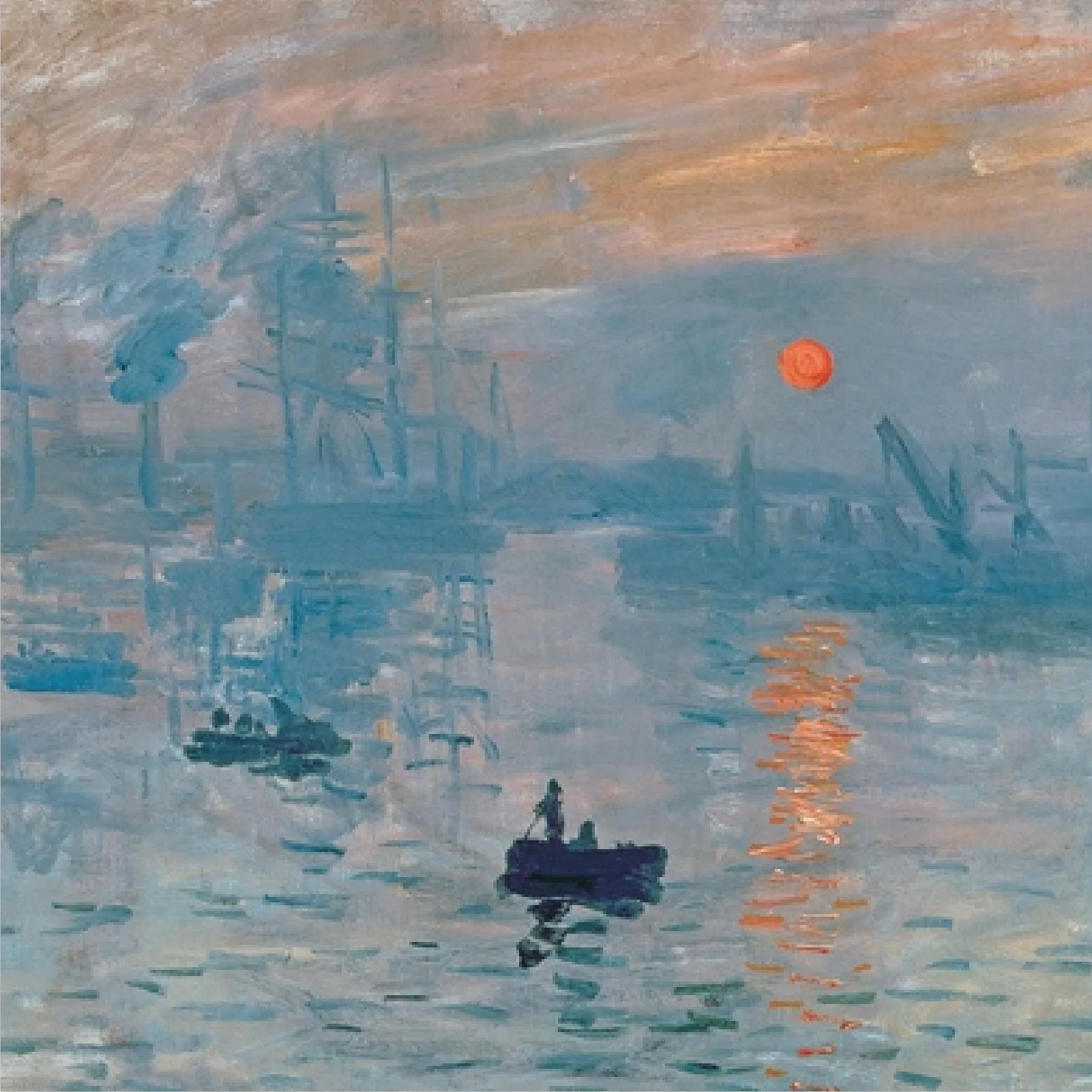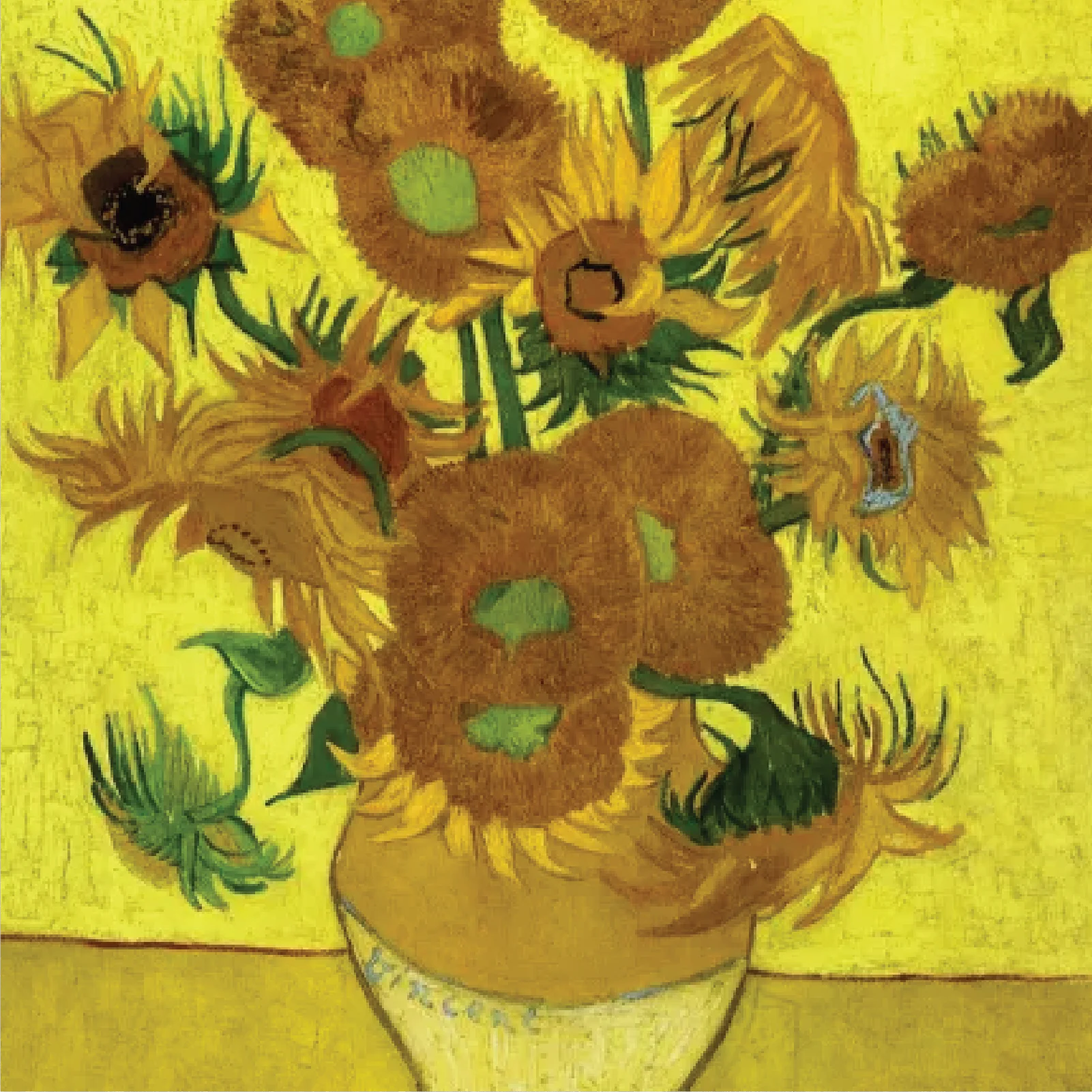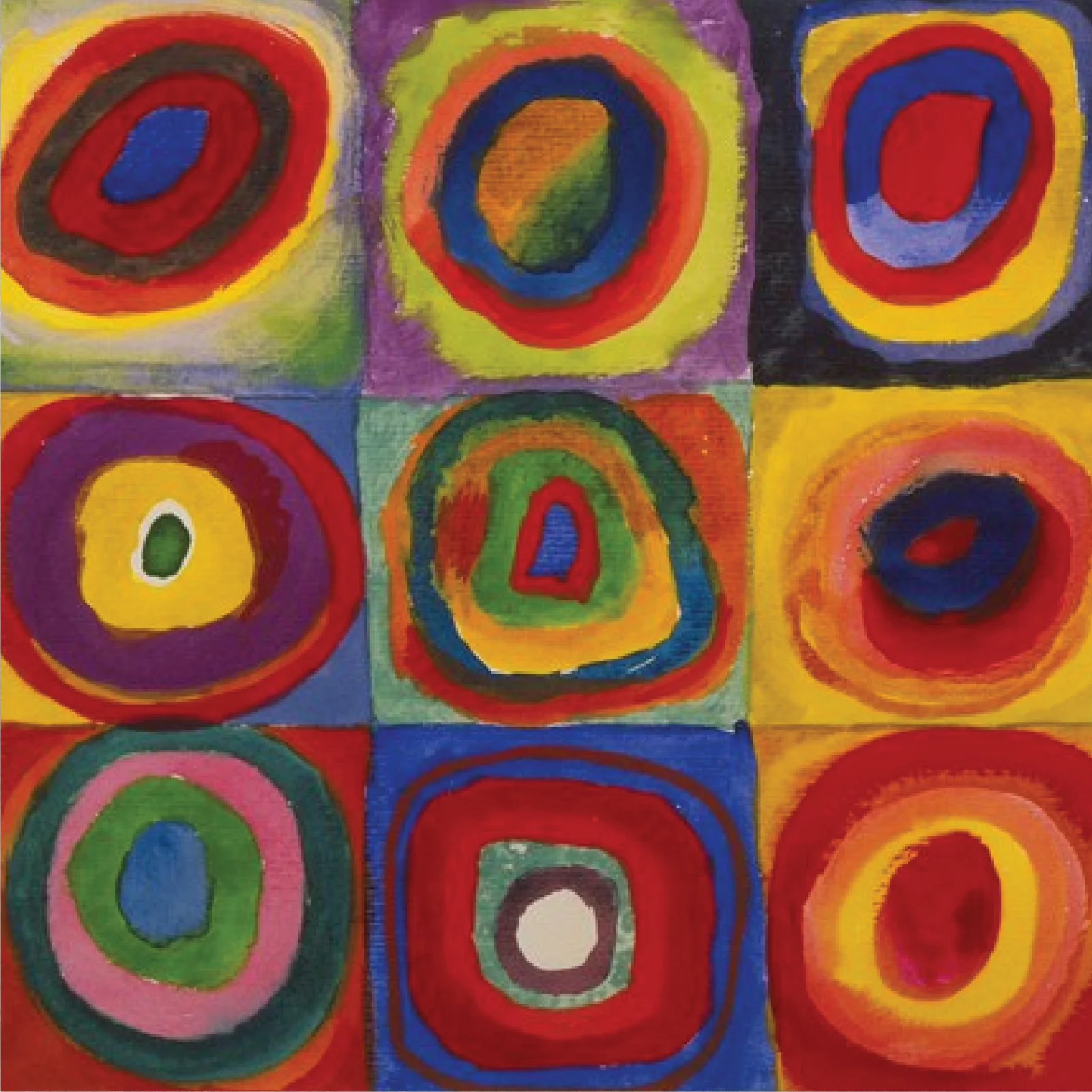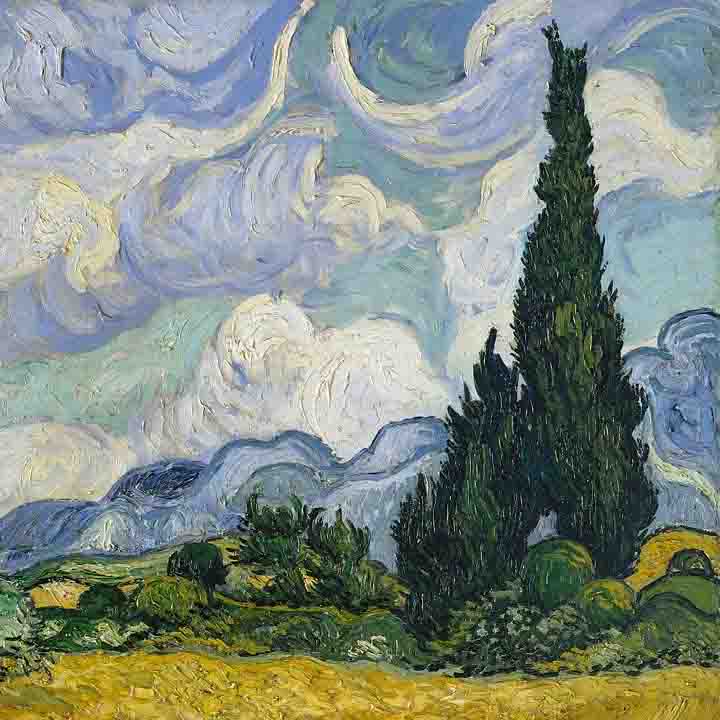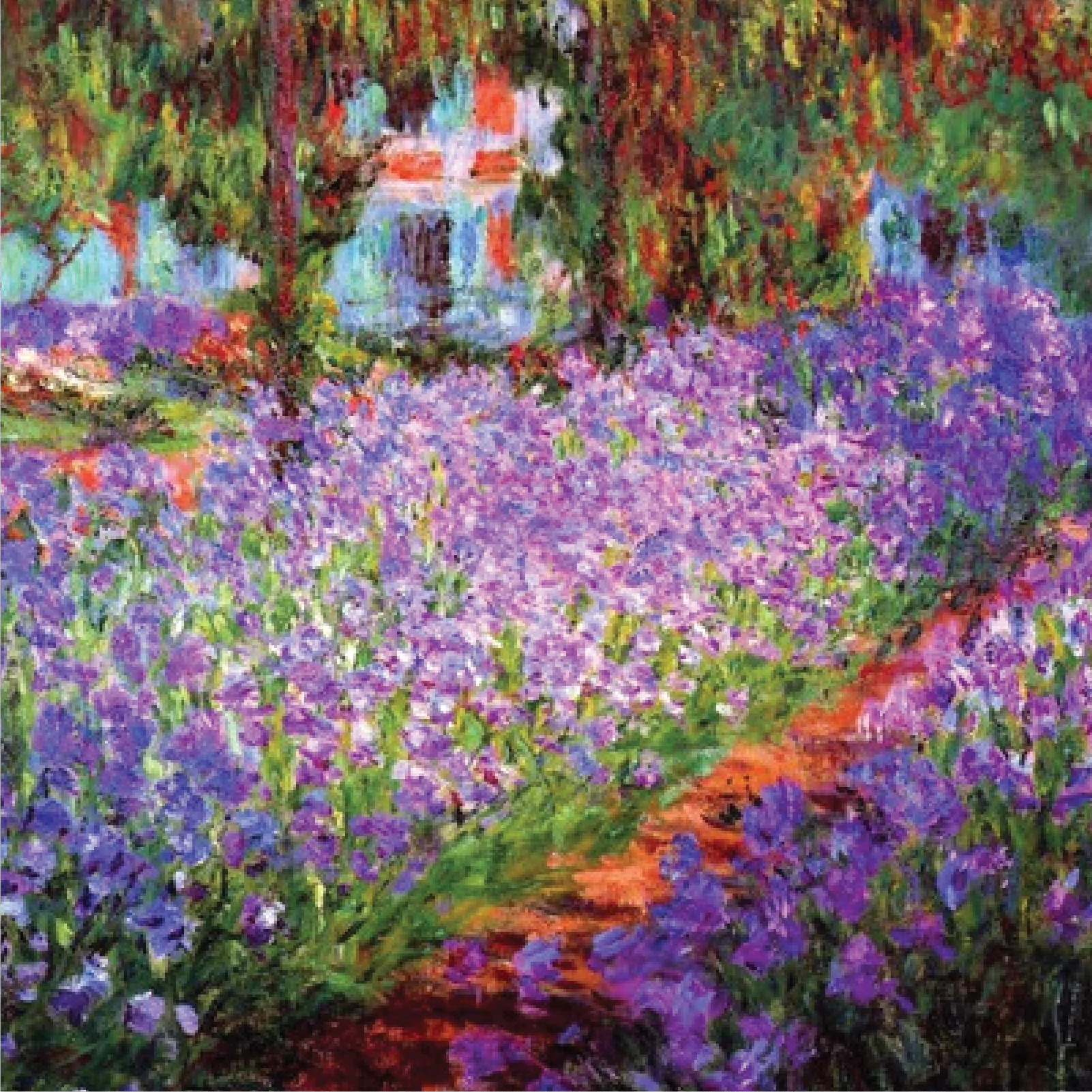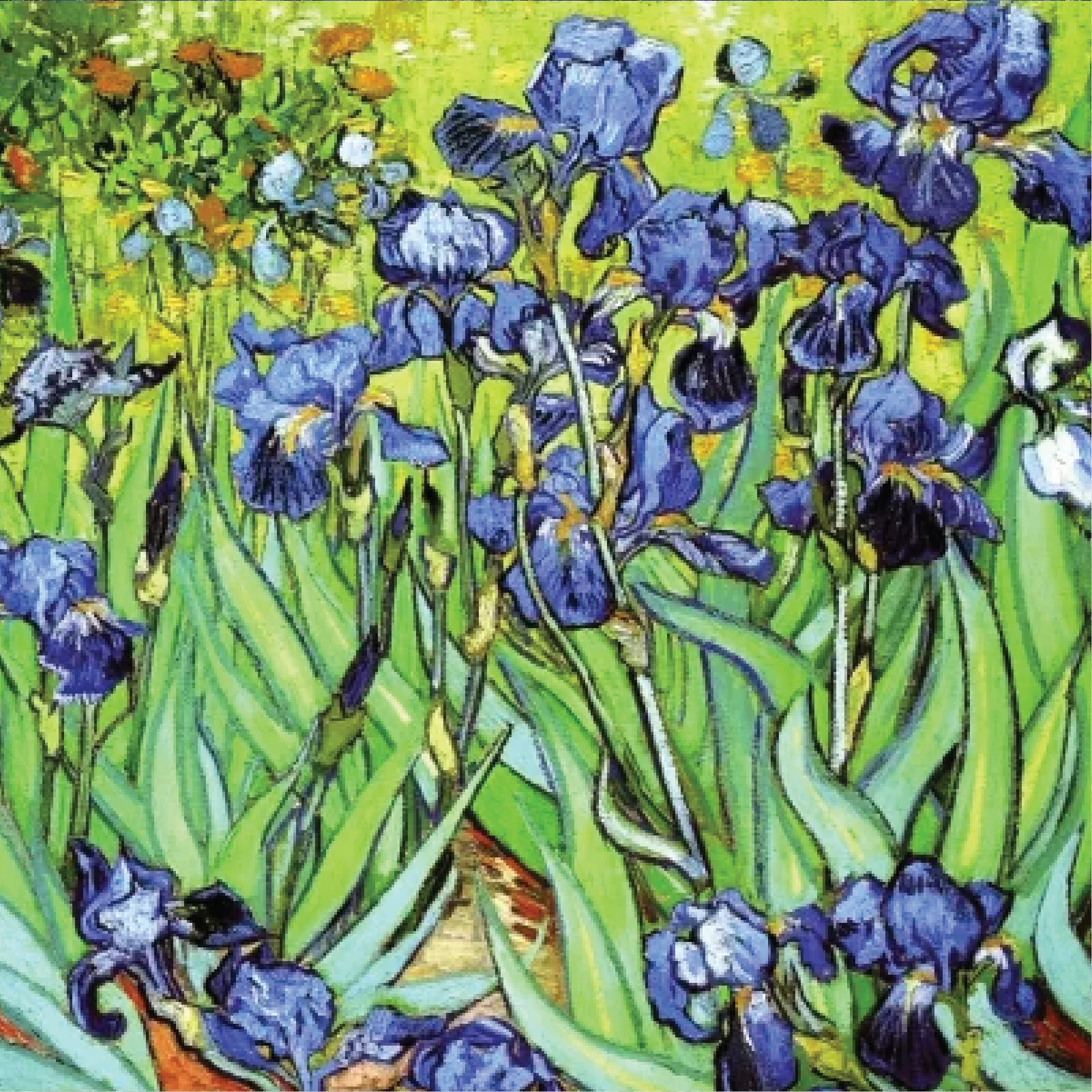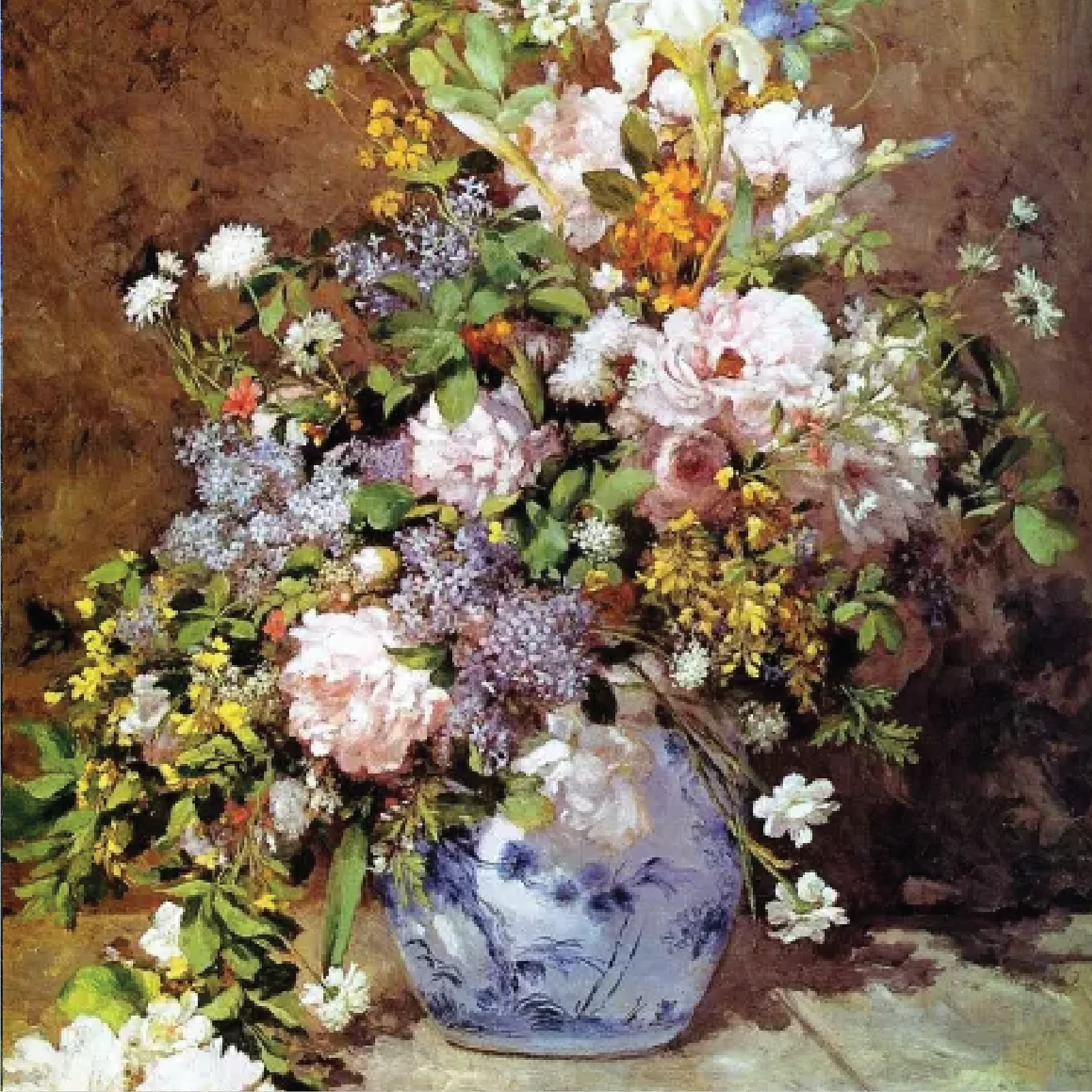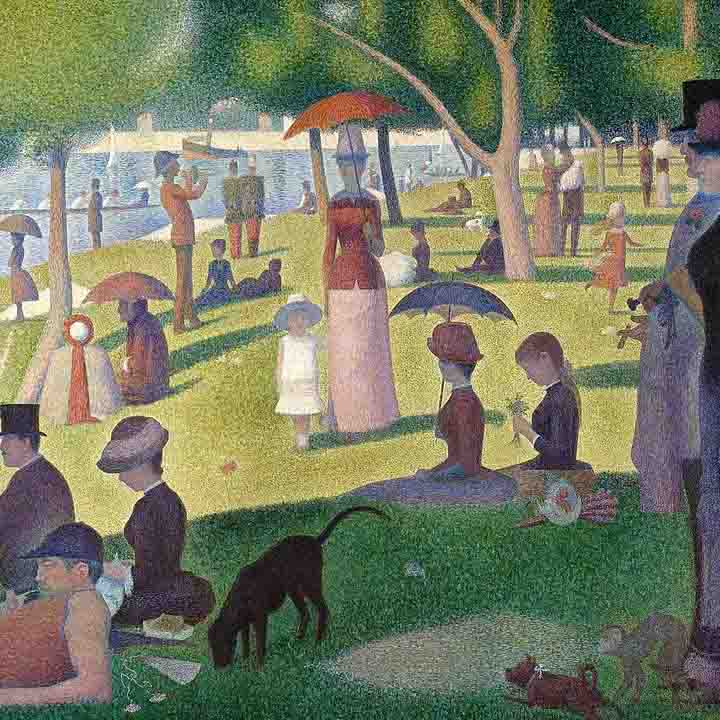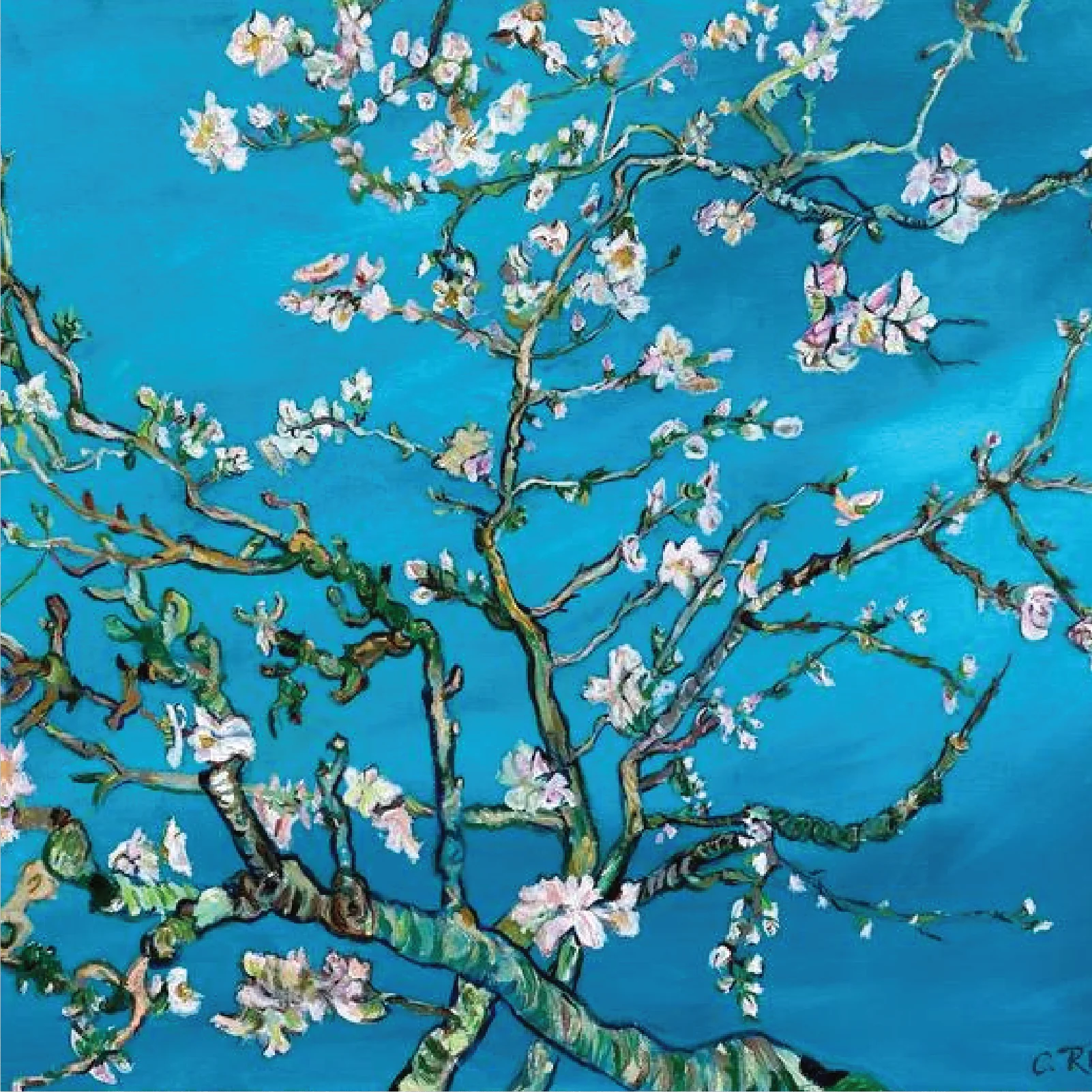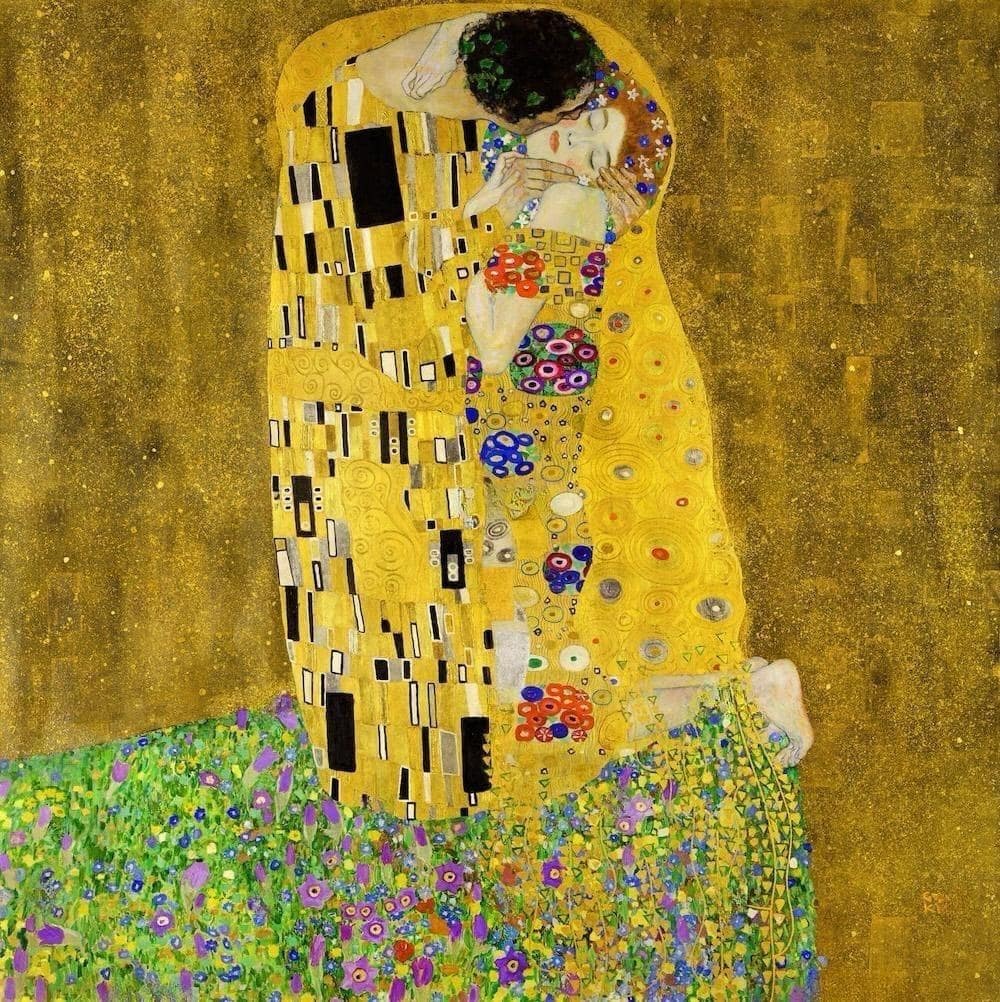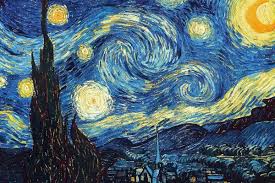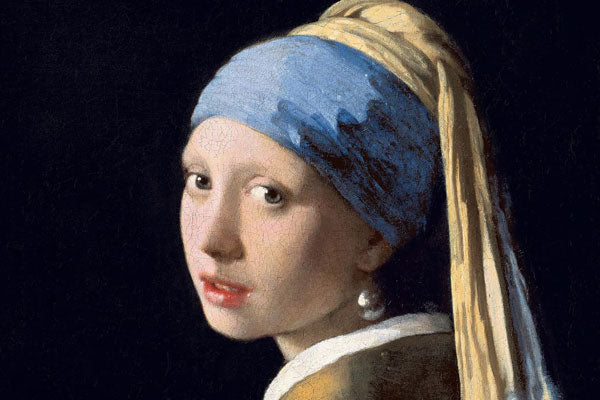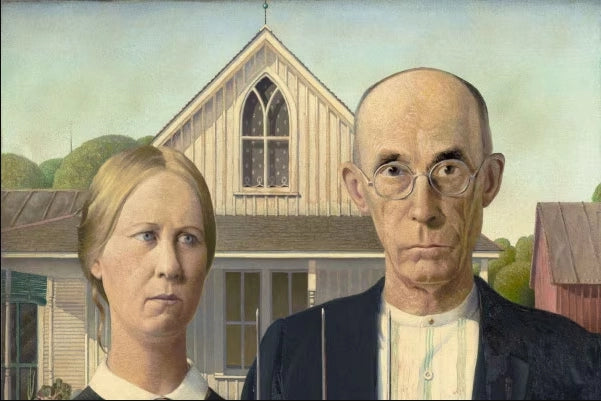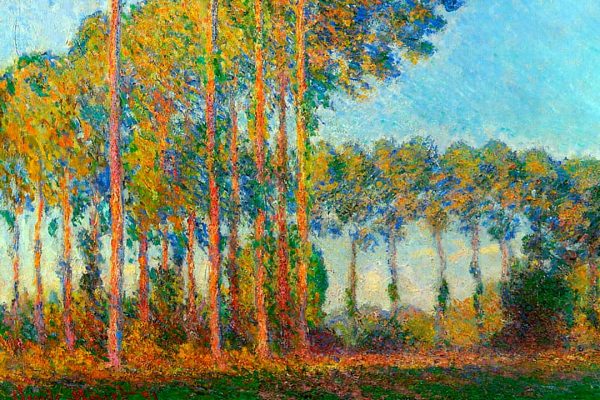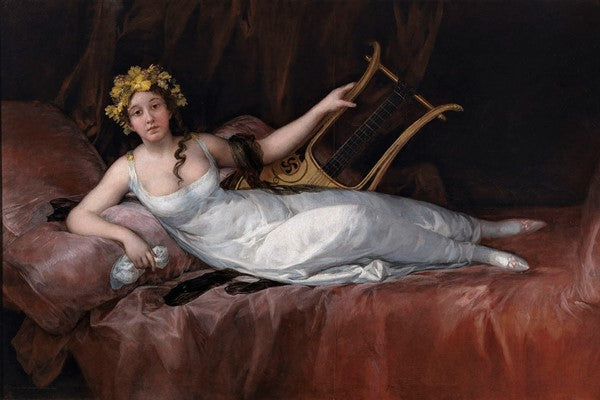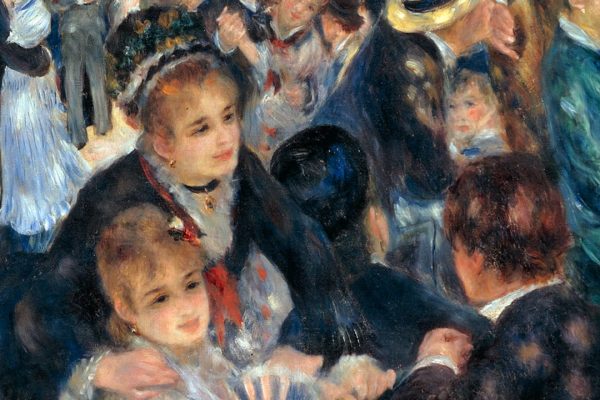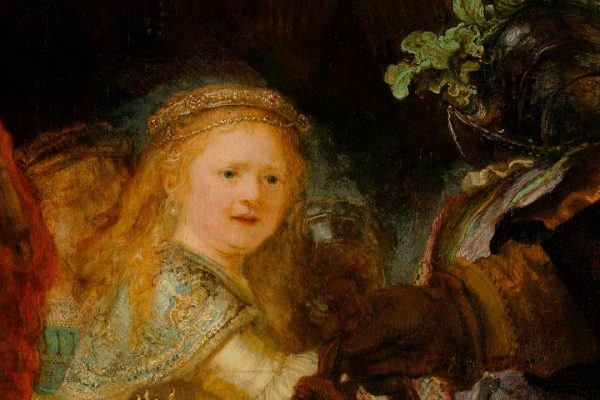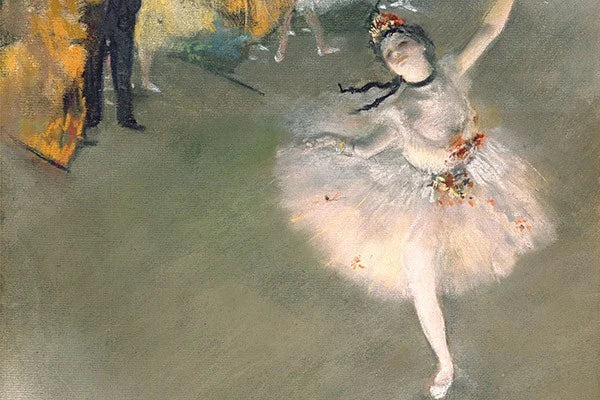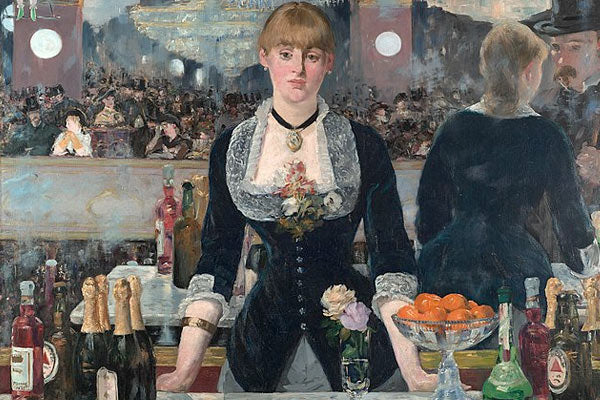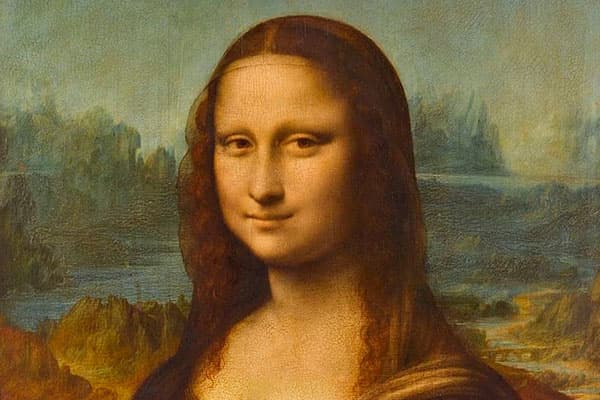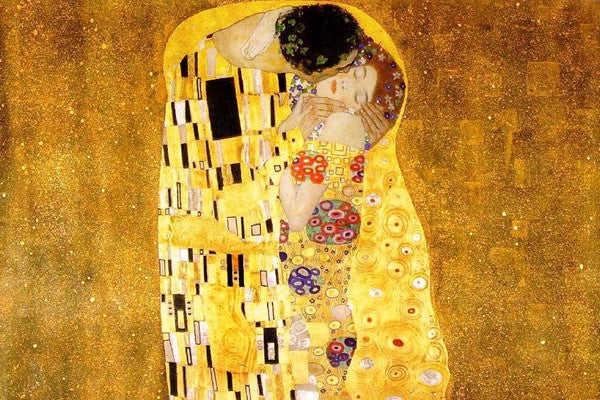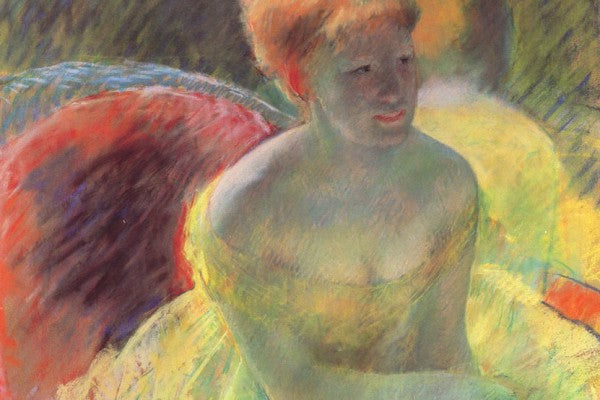Art has fascinated and inspired humanity for centuries, with iconic paintings capturing the imagination of millions. However, the exclusivity and high value of original works make them inaccessible to most people. This has led to the development of painting reproduction techniques, allowing art lovers, students, and collectors to own and appreciate high-quality copies of famous paintings.
Painting reproduction techniques have evolved over time, from traditional hand-painted methods to cutting-edge digital and AI-driven processes. Each technique serves a different purpose, whether for education, preservation, or commercial use. In this article, we will explore the most popular methods used to replicate paintings, their advantages and disadvantages, and their impact on the art world.
If you're looking for oil painting reproductions that capture the beauty and essence of famous masterworks, ART&See offers high-quality, hand-painted replicas.
Why Reproduce Paintings?
Before diving into the techniques, it is important to understand why painting reproductions are created. The motivations behind reproducing a painting can vary widely, but some of the most common reasons include:
1. Preservation of Historical Art
Masterpieces by professional artists such as Leonardo da Vinci, Rembrandt, and Van Gogh are centuries old and susceptible to deterioration. By creating high-quality reproductions, museums can protect the originals while allowing the public to enjoy near-identical copies.

2. Education and Training
Art students and historians rely on portrait reproductions to study techniques, color theory, and composition. By replicating famous paintings, students learn the intricacies of brushwork and artistic style.
3. Accessibility to Art Enthusiasts
Owning an original masterpiece is financially impossible for most people. Reproductions allow art lovers to own and appreciate famous paintings at an affordable price.
4. Museum and Exhibition Purposes
Some museums display replicas to protect the originals from environmental damage, theft, or excessive handling by visitors. This ensures that iconic artworks remain accessible while preserving their historical integrity.
Now that we understand why reproductions are necessary, let's explore the various techniques used to create them.
Traditional Painting Reproduction Techniques
1. Hand-Painted Art Reproduction
One of the oldest and most respected methods of oil painting reproduction is hand-painting. Skilled artists meticulously study the original painting from the gallery and recreate it stroke by stroke using similar techniques, materials, and pigments. Art&See create original like oil painting reproductions.

Process:
-
The artist carefully analyzes the original painting’s composition, brushstrokes, and color palette.
-
A rough sketch is created on a new canvas as a base for the reproduction.
-
Layers of paint are applied using the same methods used by the original artist.
-
The painting is aged or varnished to mimic the texture and finish of the original.
Advantages:
✔ High authenticity and artistic integrity.
✔ Captures the texture and depth of the original work.
✔ Each hand-painted replica is unique.
Disadvantages:
✖ Time-consuming and labor-intensive.
✖ Expensive due to the skill required.
✖ Difficult to achieve a 100% exact match.
2. Fresco Reproduction
Fresco is an ancient painting technique where pigments are applied to wet plaster, allowing the colors to integrate with the surface as it dries. To reproduce a fresco, artists must recreate the same conditions and techniques used in the original process.
Advantages:
✔ Maintains historical accuracy in reproducing murals and frescoes.
✔ Durable and long-lasting.
Disadvantages:
✖ Requires specialized skill and materials.
✖ Cannot be mass-produced.
Modern Painting Reproduction Techniques
3. Giclée Printing (High-Resolution Digital Reproduction)
Giclée printing is a modern technique that produces high-quality digital copies of paintings using specialized inkjet printers. It is widely used for fine art reproductions and museum-quality prints.
Process:
-
The original painting is scanned or photographed in high resolution.
-
The image is digitally enhanced for color accuracy.
-
The reproduction is printed on canvas or fine art paper using archival-quality ink.
-
Protective coatings may be applied to prevent fading.
Advantages:
✔ Highly detailed and accurate color reproduction.
✔ More affordable than hand-painted replicas.
✔ Can be mass-produced with consistent quality.
Disadvantages:
✖ Lacks the depth and texture of original brushstrokes.
✖ Can be mistaken for a cheap print if not done correctly.
4. Lithographic Printing
Lithography is a traditional printing method where an image is transferred onto stone or metal plates before being inked and pressed onto paper or canvas. This technique is often used for limited-edition reproductions.
Advantages:
✔ Produces high-quality, consistent reproductions.
✔ Allows for large-scale distribution.
Disadvantages:
✖ Less texture compared to hand-painted replicas.
✖ Colors may fade over time if not printed with archival ink.
5. Screen Printing (Serigraphy)
Screen printing involves using a mesh screen to transfer layers of ink onto a surface. This method is commonly used in pop art and commercial reproductions.
Advantages:
✔ Produces vibrant, bold colors.
✔ Ideal for modern and contemporary art reproductions.
Disadvantages:
✖ Not suitable for highly detailed classical paintings.
✖ Limited to specific artistic styles.
Cutting-Edge Digital and AI-Based Techniques
6. 3D Printing for Textured Reproductions
Advancements in 3D printing technology now allow for the recreation of not just the colors but also the texture of an original painting. This method scans the painting’s surface in detail and uses a 3D printer to replicate its physical features.
Advantages:
✔ Provides a highly realistic feel by replicating brushstrokes and paint thickness.
✔ Ideal for museum displays where texture is important.
Disadvantages:
✖ Expensive and requires advanced technology.
✖ Not yet widely available for large-scale production.
7. AI-Generated Replications
Artificial Intelligence (AI) is being used to analyze and recreate famous original artwork with extreme precision. AI can study an artist’s style and generate near-perfect replicas, even completing unfinished works.
Advantages:
✔ Can accurately mimic an artist’s technique.
✔ Useful for restoring damaged or lost paintings.
Disadvantages:
✖ Raises ethical concerns about authenticity and creativity.
✖ Lacks the human touch and spontaneity of a hand-painted work.
Ethical and Legal Considerations in Painting Reproduction
While painting reproduction techniques offer many benefits, they also raise ethical and legal concerns.
1. Copyright and Intellectual Property
Reproducing a painting still under copyright protection without permission is illegal. However, public domain artworks (those whose copyright has expired) can be freely replicated.
2. Transparency in Art Sales
Reproductions should always be labeled clearly to prevent deception. Some forgers attempt to pass off high-quality duplicates as originals, leading to fraud in the art market.
3. Cultural and Artistic Value
While reproductions make art accessible, they cannot replace the emotional and historical significance of an original masterpiece. Collectors and museums must carefully balance the use of replicas with the preservation of authentic works.
Wrapping Up
As technology continues to advance, painting reproduction techniques are becoming more sophisticated, allowing for near-perfect copies of famous works. Whether through hand-painted replications, high-resolution digital prints, or AI-generated recreations, reproducing art ensures that masterpieces remain accessible for future generations.
Bring the charm of classic art into your home with Art & See’s hand-painted reproductions. Shop now and enjoy timeless beauty at an unbeatable price.
However, ethical considerations must always be addressed to maintain the integrity of the art world. Reproductions should be valued as artistic tributes rather than deceptive forgeries.
Ultimately, painting reproduction is a powerful tool that bridges the gap between exclusivity and accessibility, allowing more people to experience the beauty of timeless masterpieces.
